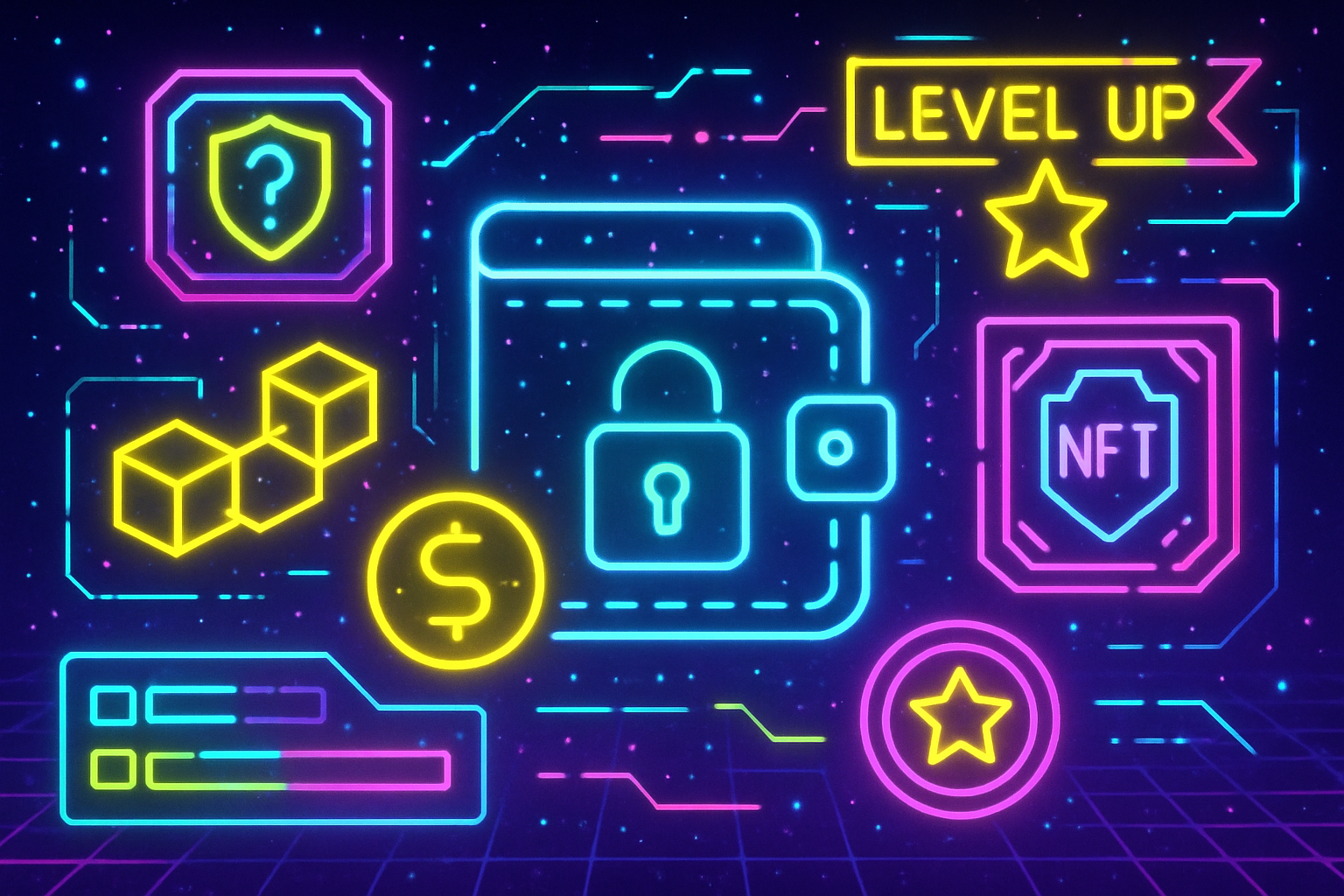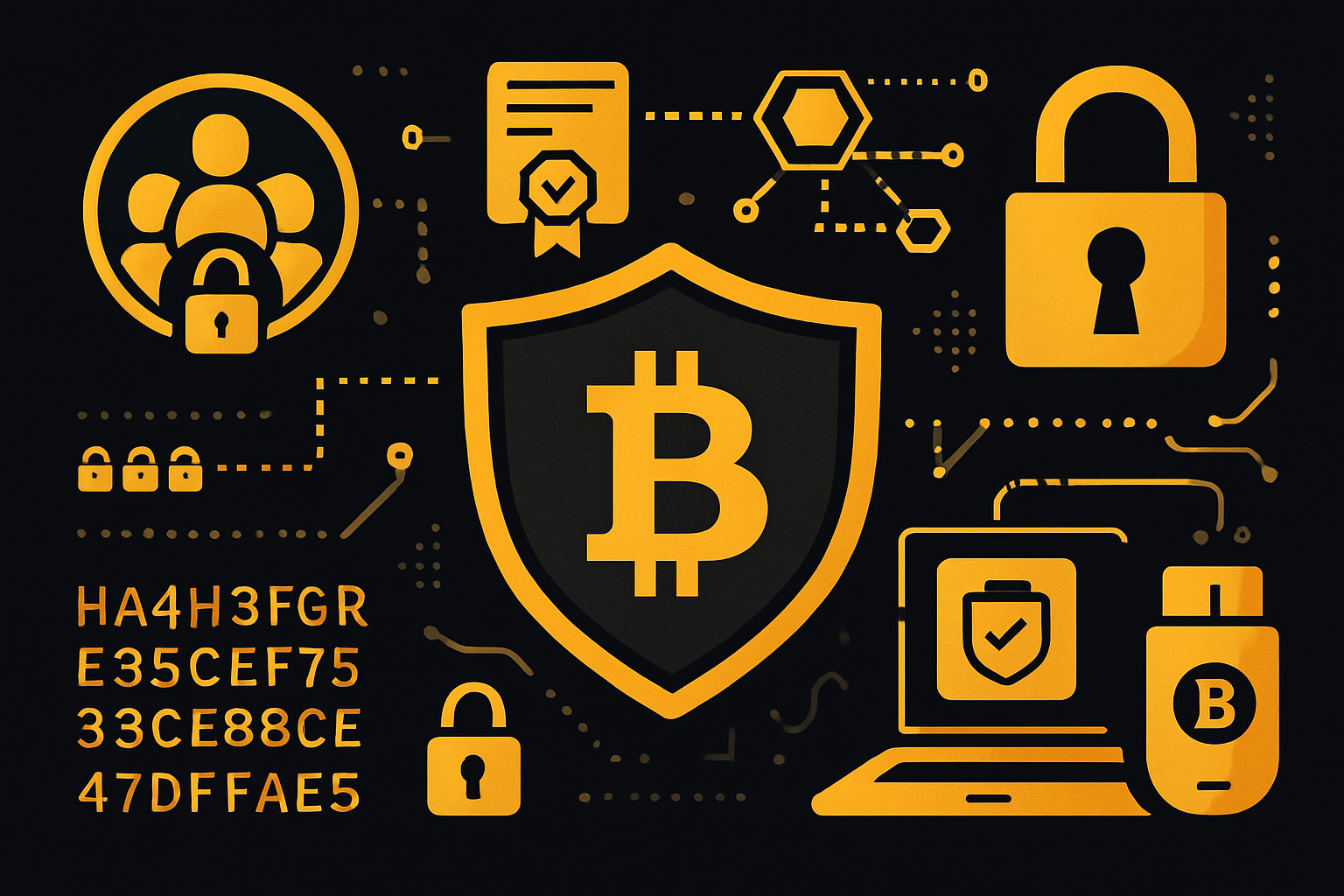
Web3 is rapidly evolving, but the friction of repeatedly submitting personal documents for Know Your Customer (KYC) checks remains a key barrier to mainstream adoption. Traditional KYC processes are not only cumbersome for users but also create privacy and security risks by scattering sensitive data across multiple platforms. Enter reusable KYC credentials in decentralized identity wallets, a breakthrough that promises to streamline compliance while preserving user privacy and control.

Reusable KYC: The Web3 Compliance Breakthrough
At the core of this innovation is the concept of verifying your identity once, then reusing that proof across any participating Web3 service. Projects like idOS network and zkMe are leading this charge with infrastructure that lets users onboard to stablecoins, DeFi platforms, and dApps using portable, cryptographically secure credentials. Instead of uploading your passport or driver’s license every time you join a new protocol, you prove your compliance status with a single tap, no need to reveal more than necessary.
This approach not only aligns with regulatory demands but also addresses user fatigue and data minimization principles. By separating compliance from direct data exposure, reusable KYC in decentralized identity wallets is redefining Web3 identity management.
Privacy-Preserving Technology: Zero-Knowledge Proofs in Action
What makes these reusable credentials truly transformative is their reliance on advanced cryptographic techniques such as Zero-Knowledge Proofs (ZKPs). With ZKPs, users can prove attributes like age or residency without disclosing underlying documents or personal information. For example, zkMe’s zkKYC solution enables platforms to verify that a user has passed KYC checks while maintaining complete anonymity, critical for DeFi protocols seeking to balance compliance with the ethos of decentralization.
This privacy-preserving technology dramatically reduces the risk of mass data breaches and unauthorized access. Users retain full control over their identity data, choosing exactly what to share and with whom. As highlighted by idOS’s self-custodial model, individuals can manage their own credentials across chains without relying on centralized databases.
The Interoperability Edge: Streamlining Onboarding Across Platforms
The promise of cross-chain identity verification is now real. Decentralized identity wallets make it possible for users to present verified credentials on any compatible platform, be it a lending protocol on Ethereum or an NFT marketplace on Solana, without repeating verification steps. This level of interoperability not only enhances user experience but also supports the scalability ambitions of Web3 projects.
For organizations building on networks like Polkadot’s KILT or NEAR’s idOS layer, integrating portable KYC credentials means faster onboarding and frictionless compliance checks for new users. This efficiency is especially valuable as DeFi expands globally and regulatory scrutiny intensifies.
- User-centric control: Individuals decide when and where to share their verified status
- No more redundant checks: One-time verification unlocks access everywhere
- Easier regulatory reporting: Platforms meet AML/KYC requirements without storing sensitive documents
If you’re interested in how these innovations are transforming onboarding for both traditional finance (TradFi) and DeFi platforms alike, see our deep dive at How Wallet-Linked Reusable IDs Streamline KYC in TradFi and DeFi.
As more protocols and service providers adopt reusable KYC, we’re witnessing the early stages of a network effect: each new integration amplifies the value of portable credentials. Instead of isolated silos, users can now traverse the Web3 ecosystem with a single, self-sovereign identity, one that’s recognized and respected across platforms.
This shift is not just technical but cultural. It marks a move away from platform-centric data hoarding toward user-centric privacy, where compliance is achieved without surveillance. The ability to prove eligibility for DeFi lending or stablecoin onboarding without surrendering your entire identity profile is no longer theoretical, it’s operational across networks like idOS and zkMe.
Regulatory Alignment: Meeting Compliance Without Compromising Decentralization
One of the most persistent criticisms of decentralized finance is its perceived incompatibility with regulatory frameworks. Reusable KYC flips this narrative by making it possible for dApps to comply with Anti-Money Laundering (AML) and global KYC standards, without ever directly handling or storing sensitive user data. This architecture not only reduces liability for platforms but also aligns with emerging data protection laws worldwide.
Projects such as idOS are demonstrating how decentralized, self-custodial sharing of identity data can be both regulator-friendly and privacy-preserving. By leveraging verifiable credentials that attest to compliance status, platforms can onboard users quickly while remaining audit-ready, a win-win for innovation and oversight alike.
What’s Next? The Road Ahead for Reusable Identity in Web3
The momentum behind reusable KYC is undeniable, but several challenges remain before universal adoption. Standardization across wallet providers, continued education for users about the security model, and robust governance frameworks will be crucial as we move forward. However, as more ecosystems embrace portable credentials, from stablecoin issuers to NFT platforms, the days of repetitive form-filling and data leaks are numbered.
For developers, integrating reusable KYC means less time building compliance modules and more time focusing on core product innovation. For users, it signals an era where digital identity is truly self-sovereign: portable, private, and under their exclusive control.
Reusable KYC isn’t just a technical upgrade, it’s a paradigm shift that unlocks seamless onboarding while defending user autonomy. As compliance meets cryptography in the next wave of Web3 growth, expect decentralized identity wallets to become the passport to digital finance’s future.




